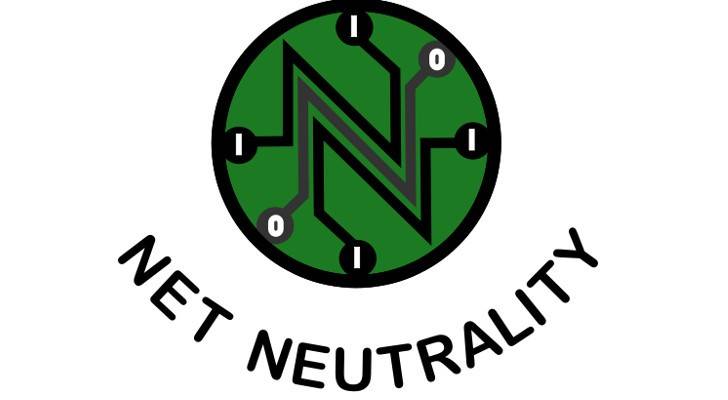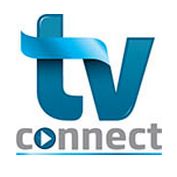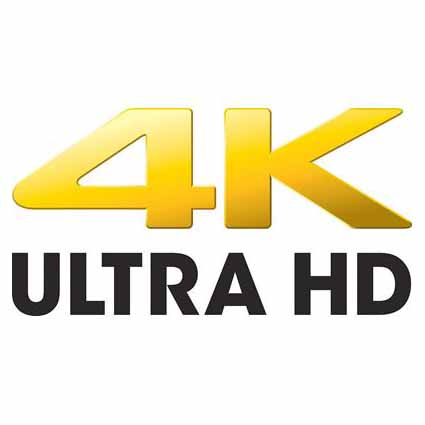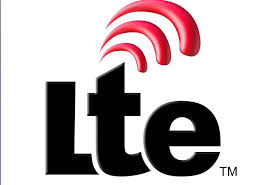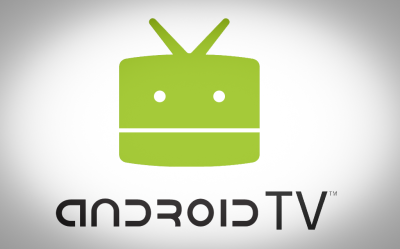
In this first blog of our Android TV series, Philip Hunter looks at some of the reasons why Google doesn't seem to have been third-time lucky with its new Foray into the sitting room.
Android TV, Google’s heavily leaked third effort to crack the living room, arrived as expected at its annual Developer conference at the end of June 2014, but once again failed to ignite the field. Google is still playing catchup in its attempts to conquer TV, with the only consolation being that its rivals such as Apple and Microsoft are also floundering in their attempts to stamp their authority on the big screen. Apple TV after all is seven years old now and can still at best be counted as only a moderate success, having failed to establish any sort of market dominance even close to that achieved by iOS for both tablets and smartphones. One reason is that Apple’s iron grip on its ecosystem has proved a handicap in keeping the device isolated and discouraging developers.
Google was determined with Android TV to avoid that fate and continue with its open approach to maximize third party app development with a variety of incentives. But this immediately begs the question for developers of whether Android TV is worth the trouble, unlike the versions for smartphones and tablets where it was always clear there would be a big market. In the case of TV it is still not obvious at all that Android will succeed, given that the market for streaming platforms is already very crowded, with Roku, Amazon Fire TV, Xbox One as well as Apple TV among leading established contenders. There is also Google’s own Chromecast HDMI dongle, representing its second attempt at TV after the abject failure of Google TV. Chromecast has been a reasonable success because of its low price tag of $35 and flexibility, encouraging users to try it alongside their existing pay TV package if they have one, rather than as their primary source of content. But it means Google is now sending mixed and confused messages to both consumers and developers. With Chromecast, Google had given the impression that developers could stop building apps and instead create webpages optimized for the TV screen that would receive commands from an Android smartphone. If Chromecast stays around as it looks like it will, developers now face having to build and support two interfaces to cover the Google TV universe, one for Chromecast and one for Android TV.
The underlying problem though may be with Google’s new strategy of shoehorning Android for TV rather than creating a new operating system. Google is obviously trying to make Android into a ubiquitous operating system with variants for all device platforms, as was evident at its recent so called I/O developers’ conference. There Google unveiled Android Wear for wearables like wristwatch computers, Android Auto for car dashboards and Android One for a new brand of affordable smartphones prices at under $150, as well as Android TV. There is every reason to expect that Android Wear and Android One will be great successes as they are still very much in the heartland of mobile handsets, but with Auto and to an even greater extent TV Google is stretching the envelope of the operating system a long way. History tells us that attempts to create an operating system of everything are doomed to failure, as Microsoft seems to be finding with Windows Phone. Apple had the sense to create a radically new operating system for mobile devices in iOS rather than attempting to adapt the MacOS from its desk top perch. It reaped the rewards with the iPhone and then the iPad.
This leads to the other problem, which is that with Android TV Google is still cast in the role of follower rather than leader, which is not how it grew up to become the world’s most valuable brand. In search Google originally rose to dominance over rivals like Yahoo, AltaVista and Microsoft because it had superior technology and was quickly able to assume a leadership position that came to be reinforced by its human and financial resources. Of course it has been able to reallocate those resources to TV, but without so far being able to conjure up any killer technology.
Android TV actually seems rather similar to Apple TV for the GUI and is modelled on Amazon’s Fire TV in its support for voice input for searching video content. Indeed Google has instructed its developers to avoid need for any text input at all if possible and to rely largely on voice. Google has also stripped out well known features of Android on smartphones, such as support for VoIP, cameras, touchscreens and NFC (Near Field Communication), which are all deemed superfluous for a streaming set top box like device. This is well and good, since it avoids an Android TV box being an over bloated version of a smartphone or tablet. But this may also expose the limitations of the platform, especially as Google is indicating that the operating system will really come of age with its next generation called Android L, which was also previewed at that I/O conference and scheduled for launch towards the end of the year. Android L is a radical rewrite, with improved animation and audio, as well as 3D and contextual awareness, which will all feed into the TV version. Developers may therefore decide to wait until this next generation has arrived before committing to Android TV. Android L will also include many features specific to mobile handsets, including a new battery saving mode, which are mostly irrelevant for the TV version. In this sense Android L will compound rather than solve the problem of becoming too bloated. It may be just a matter of time before the TV version of Android becomes divorced altogether from the mainstream of the operating system, but meanwhile it will most likely fail again to put Google on the podium for OTT TV.

